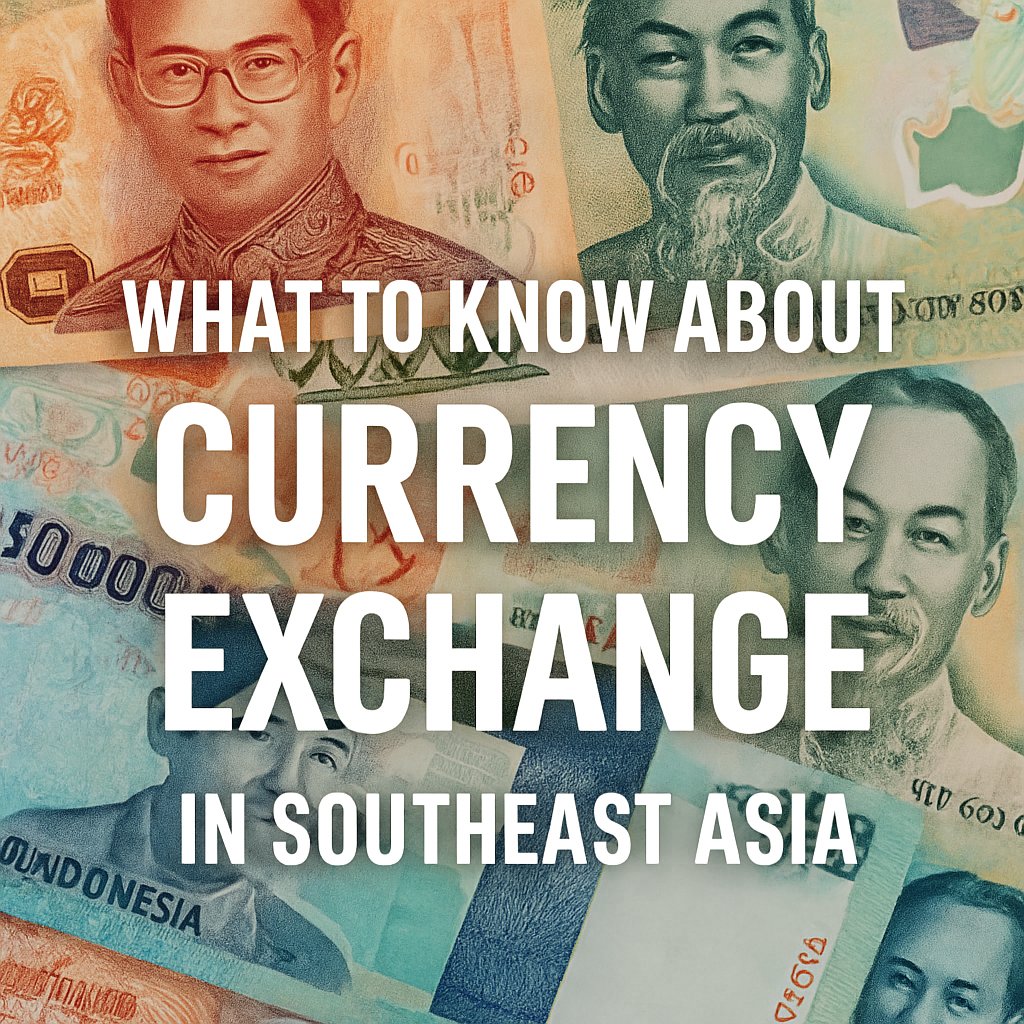What to Know About Currency Exchange in Southeast Asia

What to Know About Currency Exchange in Southeast Asia
Southeast Asia is a diverse and vibrant region attracting travelers from around the globe. From the beaches of Thailand to the jungles of Indonesia, every corner has something unique to offer. One essential aspect of traveling is managing your money, especially when it comes to currency exchange. Here’s what you need to know to make the most of your trip.
1. Know the Local Currency
Each country in Southeast Asia has its own currency. For example, Thailand uses the Baht (THB), Malaysia uses the Ringgit (MYR), while Indonesia utilizes the Rupiah (IDR). Familiarizing yourself with the local currency will help you avoid confusion and make better-informed transactions.
2. Currency Exchange Options
Visitors have multiple options for exchanging money:
- Airport Exchange Counters: Convenient but often provide the least favorable exchange rates.
- Local Banks: Generally offer better rates than airport counters, but may charge a small service fee.
- Currency Exchange Shops: These can be found in tourist areas and often have competitive rates, but it’s critical to check their fees.
3. Using ATMs
ATMs are widely available in major cities. They accept most international cards, including Visa and Mastercard. Make sure to check the exchange rate offered by the ATM, as it can vary significantly. Additionally, be aware of overseas withdrawal fees that may be charged by your bank.
4. Credit and Debit Cards
Credit and debit cards are accepted in many hotels, restaurants, and shops, particularly in touristy areas. However, smaller establishments may prefer cash. It's wise to carry some local currency for street markets or rural areas.
5. Understanding Fees and Commissions
Always be mindful of fees associated with currency exchange. Aim to exchange larger amounts at once to minimize costs and avoid frequent transactions. Also, check for hidden commissions, which can cut into your budget.
6. Currency Apps and Tools
Utilize currency converter apps to keep track of exchange rates in real time. Apps like XE Currency or OANDA can help you make informed decisions while you're out and about.
7. Travel Packages
If you're looking to explore the region without worrying about the hassles of currency exchanges, consider travel packages. For instance, check out packages like Montigo Resort in Batam or Holiday Inn Resort in Bintan for all-inclusive deals that simplify your trip.
In Conclusion
Managing currency exchange while traveling in Southeast Asia doesn't have to be daunting. By understanding local currencies, exploring various exchange options, and staying aware of fees, you can enjoy your travels without financial stress. Happy travels!


